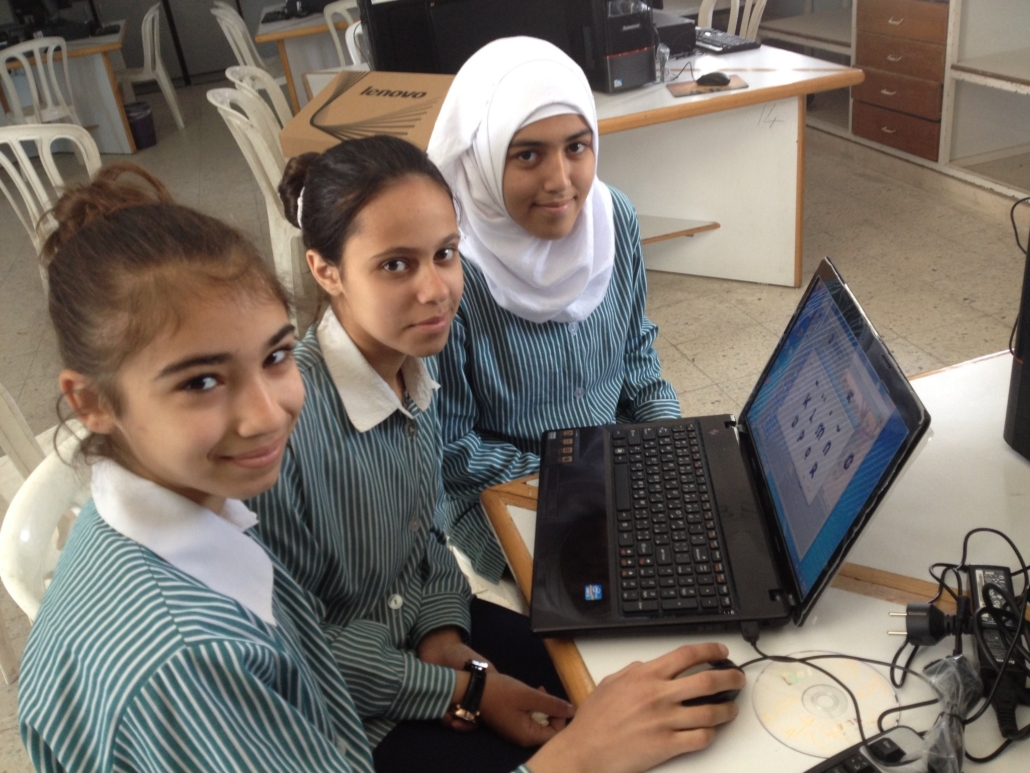10 Facts About Girls’ Education in Palestine

Despite Palestine’s constant immersion in conflict as a result of Israeli occupation, there are some positives in regards to girls’ education. Here are 10 facts about girls’ education in Palestine that showcase both the good and the bad of the country’s education system.
10 Facts About Girls’ Education in Palestine
- Literacy Rates: Palestine has one of the highest literacy rates in the world with 96.9 percent of its population being literate. In particular, there have been great strides in improving women’s literacy rates. The literacy rate went from 78.6 percent in 1995 to 97 percent in 2018. Female literacy rates are at their highest in the West Bank and their lowest in Salfit.
- School Infrastructure and Teachers: The education system is struggling due to insufficient school infrastructure and a lack of teachers with adequate training, as well as the existence of schools in marginalized areas. During the first 10 years of the Israeli occupation, the government built no new schools and classrooms of existing ones were overcrowded. The lack of schools led to an emergency-like situation in education, which resulted in some positive achievements, such as the regaining of the credibility of the Tawjihi, a secondary school matriculation exam. There has also been an improvement in extracurricular activities for students.
- The Effects of the Israeli Occupation: The Israeli occupation is mostly responsible for the struggles of the education system, given that it continually causes the exposure of schools to rockets and bombs. Building restrictions that Israeli rule implemented in places such as Area C and East Jerusalem are primarily responsible for the shortage of infrastructure. There are also movement restrictions, such as checkpoints and the Barrier, which can pose challenges to accessing services like education. The Barrier is an Israel-approved physical barrier in and around the West Bank in Palestine.
- Enrollment in Early, Primary, Secondary and Higher Education: There is a comparable amount of enrollment in primary education when it comes to boys and girls. Still, admissions are higher for female students to both secondary and higher education institutions. However, when it comes to Early Childhood programs, only 14.9 percent of girls are enrolled. Therefore, the U.N. has made it a priority to start investing in early childhood education, focusing on funding both teacher education and gender equality awareness.
- Raising Awareness About Female Education: Some of the U.N.’s planned interventions include raising awareness about the disadvantages of early marriage and the importance of female education. This effort is on-going, as women still struggle with early marriage, and gaining education and employment in Palestine. A female Palestinian student interviewed by the L.A. Review stated that “we have this thing in our society that is like, your house, your kids are [more] important than anything else. Your job is not so important because it’s like, your husband is working.”
- Education and Conflict: Education is critical in Palestine because it can be a non-violent form of protest against the on-going conflict. UNICEF enforces this ideology by using a behavioral change approach towards students. It encourages students, parents and teachers to challenge the acceptance of violence. It enforces this mindset by providing education and raising awareness.
- Women and Unemployment: Women in Palestine experience marginalization despite their education, suffering from a high rate of unemployment when compared to the rest of the world. The unemployment rate among women with 13 years of schooling or more was 50.6 percent in 2016, which was a significant increase from the 21.9 percent recorded in 2000.
- Women’s Participation in the Labor Market: Palestinian women have the lowest participation in the labor market within the MENA region. When it comes to labor force participation, women have a 19 percent participation rate compared to 71 percent of male participation. There is a joint effort to find and apply solutions to this problem. One solution is the U.N.’s policy to encourage girls to have Technical and Vocational Education Training, which the U.N. has partially implemented to date.
- Dangers on Route to School: Approximately half a million children in Palestine require humanitarian assistance to receive a quality education. The violence in the West Bank poses threats and challenges, which lead to children to experience distress and fear, even when going to and from school. This is because they might pass high-risk locations or checkpoints.
- Electricity Shortages: Electricity shortages that constant conflict causes are affecting access to education, both at school and at home, by striking study time and concentration. These shortages are a result of the sole electric company facing a lack of fuel, which is a consequence of the closure of the Rafah border crossing between Egypt and Gaza. To reduce the reliance on fuel, organizations such as the World Bank and the International Committee of the Red Cross have been working on providing alternative energy sources.
Foreign aid and raising awareness about the importance of girls’ education in Palestine have enabled some progress. However, as a conflict-ridden area, there is more that the country requires to ensure long-lasting development and enforce quality education. By looking at these 10 facts about girls’ education in Palestine, one can begin to see some of these efforts and realize how it should be a priority to find additional solutions.
– Johanna Leo
Photo: Flickr
